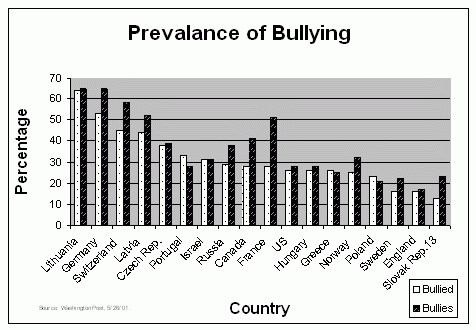◊ Childen's Self-Defense (Tip #6), by Sensei Jayne Butrum, Nanadan
|
◊ Childen's Self-Defense (Tip #5), by Sensei Jayne Butrum, Nanadan
|
◊ Childen's Self-Defense (Tip #4), by Sensei Jayne Butrum, Nanadan
|
◊ Five Myths About Bullying, by Susan M. Swearer
|
◊ Childen's Self-Defense (Tip #3), by Sensei Jayne Butrum, Nanadan
|
◊ Childen's Self-Defense (Tip #2), by Sensei Jayne Butrum, Nanadan
|
◊ Childen's Self-Defense (Tip #1), by Sensei Jayne Butrum, Nanadan
|
◊ The Art of Teaching Children, by Sensei James A. True, Nanadan
|
◊ The Seven Habits of Highly Effective Karate Kids, by Sensei Jayne Butram, Nanadan
|
◊ Thoughts On Bullying, by Christopher M. Clarke, President
|
◊ Why Karate Is Good For Children, by Christopher M. Clarke, President
|


